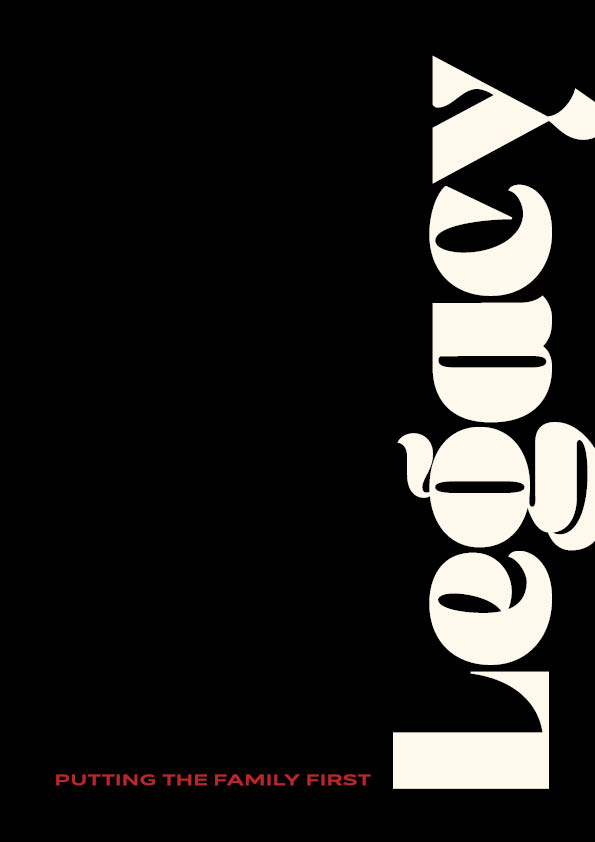- Arbitration
- Banking & Finance
- Capital Markets
- Commercial
- Competition
- Construction & Infrastructure
- Corporate / Mergers & Acquisitions
- Corporate Services
- Corporate Structuring
- Digital & Data
- Dispute Resolution
- Employment & Incentives
- Family Business & Private Wealth
- Innovation, Patents & Industrial Property (3IP)
- Insurance
Find a Lawyer
Book an appointment with us, or search the directory to find the right lawyer for you directly through the app.
Find out more
Legacy: Putting the Family First
This comprehensive guide is designed to help you navigate the intricate landscape of family business and private wealth in the Middle East, where family businesses constitute approximately 60% of GDP and employ 80% of the workforce in the GCC, offering unparalleled opportunities for wealth creation and preservation.
Packed with insights, strategies, and expert advice from our talented lawyers, Legacy provides tailored solutions to the unique challenges of asset protection, succession planning, and dispute resolution in this dynamic region.Read the publication and equip yourself with the knowledge and tools necessary to thrive, whether you’re a seasoned investor, a family business owner, part of the next generation, or a newcomer exploring opportunities in the region.
Read Now
The leading law firm in the Middle East & North Africa region.
A complete spectrum of legal services across jurisdictions in the Middle East & North Africa.
-
Practices
- All Practices
- Banking & Finance
- Capital Markets
- Commercial
- Competition
- Construction & Infrastructure
- Corporate / Mergers & Acquisitions
- Corporate Services
- Corporate Structuring
-
Sectors
-
Country Groups
-
Client Solutions
Today's news and tomorrow's trends from around the region.
17 offices across the Middle East & North Africa.
Our Services
 Back
Back
-
Practices
- All Practices
- Banking & Finance
- Capital Markets
- Commercial
- Competition
- Construction & Infrastructure
- Corporate / Mergers & Acquisitions
- Corporate Services
- Corporate Structuring
- Digital & Data
- Dispute Resolution
- Employment & Incentives
- Family Business & Private Wealth
- Innovation, Patents & Industrial Property (3IP)
- Insurance
- Intellectual Property
- Legislative Drafting
- Private Client Services
- Private Equity
- Private Notary
- Projects
- Real Estate
- Regulatory
- Tax
- Turnaround, Restructuring & Insolvency
- White Collar Crime & Investigations
-
Sectors
-
Country Groups
-
Client Solutions
- Law Firm
- /
- Insights
- /
- Law Update
- /
- October – November 2011
- /
- The Right over a Copyright
The Right over a Copyright
Ayen Biar - Senior Associate - Litigation
Number a time we receive queries in relation to rights over the designs, drawings, models, specifications or reports (“Designs”) prepared upon an employer’s request for its various projects by an specialized Architectural Engineering firms/individuals appointed for such purpose (the “Architectural Engineers”).
Employers are usually interested to know what kind of rights they have over the Designs and to what extent. Also what is required to safeguard such rights, if any?
The matter of copy right over Designs is regulated under the law No. 7 for the year 2002 as amended by law no. 32 for the year 2006 in respect of Author Copyrights and Parallel Rights otherwise known as (“Copyright Law”).
The Copyright Law has referred to the different types of rights protected under it as the “work of Art” and defined it as “Any original authored Work of Art in the filed of arts, fine arts or sciences of whatever type, manner of expression, significance or purpose”.
And referred to the creator or originator of such Work of Art as the “Author” and defined it to be “The person who originates the Work of Art. He whose name appears on or is ascribed to the Work of Art upon publication as an author shall, unless a proof to the contrary is established, be considered as the Author thereof”.
The law also gives the author and his universal successors, the exclusive and unlimited non-assignable rights over the Works of Art.
Though the Copyrights Law refers and defines the Author as the originator of the Work of Art; the word “Author” also implies and means the owner of the Work of Art.
Clause 2 of the Copyright Law has detailed the Work of Art that are covered under it, and pursuant to sub clause 2 (7) of the Copyright Law; the protection is extended to the architectural works and designs, engineering plans and layout (Designs) from the moment they are created. The Copyright Law offers automatic protection from the moment of the creation of the Work of Art. The Copyright Law also has regulated the way in which such Work of Art is to be registered to enable the Author to protect his rights under the Copyright Law. Nevertheless, non registration of the Work of Art shall not prejudice any aspect of protection provided under the law so long as the Author is able to proof his ownership to the Work of Art.
When it comes to the protection of the Work of Art, the Copyright Law differentiates between the actual Work of Art and the commercial exploitation of the Work of Art. While it is not clear as to the period within which the Work of Art shall remain protected; the commercial exploitation of the Work of Art is protected during the life time of the Author and for another 50 years commencing from the first calendar year following the death of the Author. The Copyright Law also has not defined what “commercial exploitation” means; however, clause 10 of the Copyright Law provides that “commercial exploitation” is any disposition of the Work of Art by the Author or his successors for any consideration whatsoever. Therefore, the criteria to determine whether the disposition is commercial or not lies on the consideration the Author or his successors expect to receive from such exploitation.
By adopting the interpretation of the “Author” as being the owner of the Work of Art; then Architectural Engineers are the owners of their Designs as they are the originators of the Designs and therefore, posses all rights related thereto.
Hence, the Owner of the Design is capable, by way of contract or otherwise, of transferring or assigning his ownership, copyright or the commercial exploitation of the Design to any third party and such agreement is always valid and binding as long as it is in writing and the subject matter together with the purpose, duration and territory thereof are specified.
Therefore it is indispensable for any employer upon entering into any Master Architectural Agreement/s to ensure that the original copy of the Design along with all related copyrights are vested on him and that by entering into such agreement the Architectural Engineers consent to the employer that he has the right to transfer, assign and use the Design in whatever manner serves his purpose. The Author should also acknowledge that the consideration of such transfer or assignment has been received. For more protection, the employer may also introduce a provision in the contract that upon the completion and delivery of the Design, he shall register his rights over the Design with the concerned authority to confirm its ownership of the Design and protect his rights thereof.
Stay updated
To learn more about our services and get the latest legal insights from across the Middle East and North Africa region, click on the link below.


